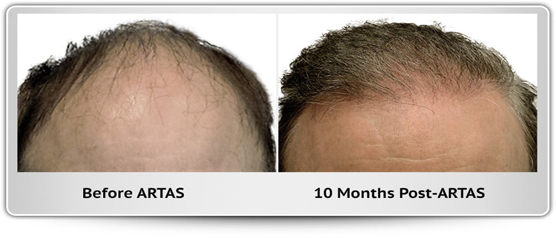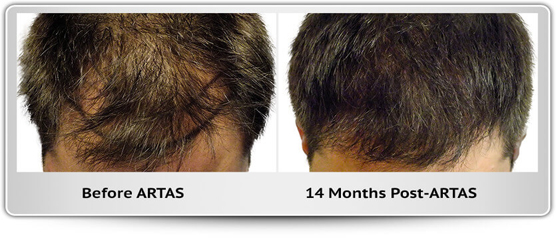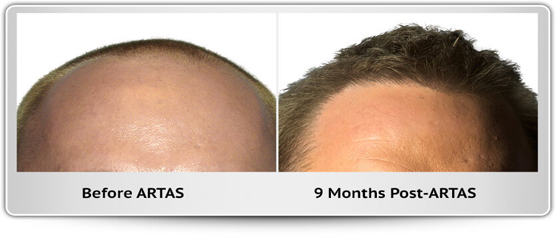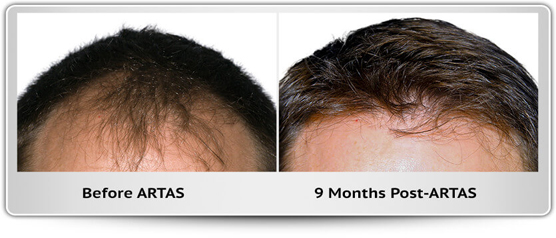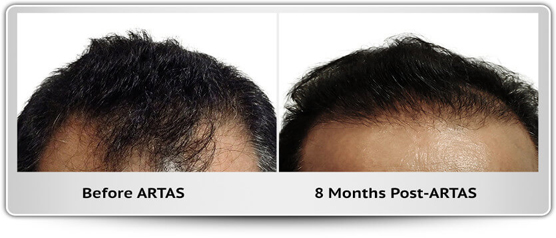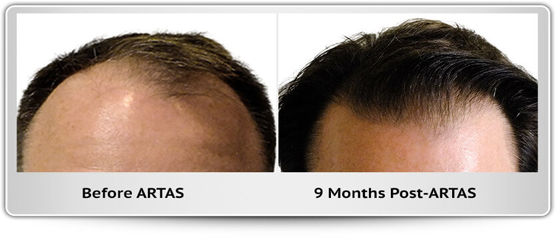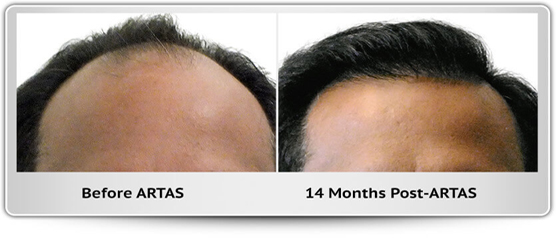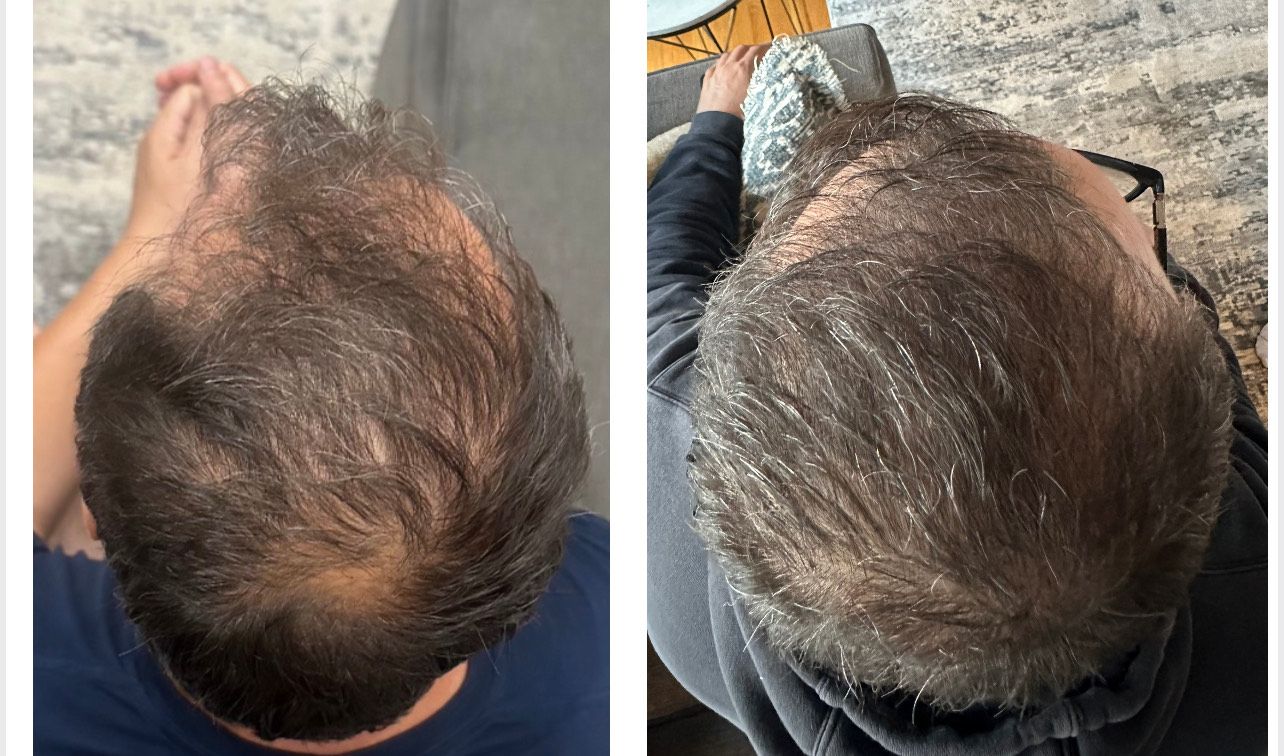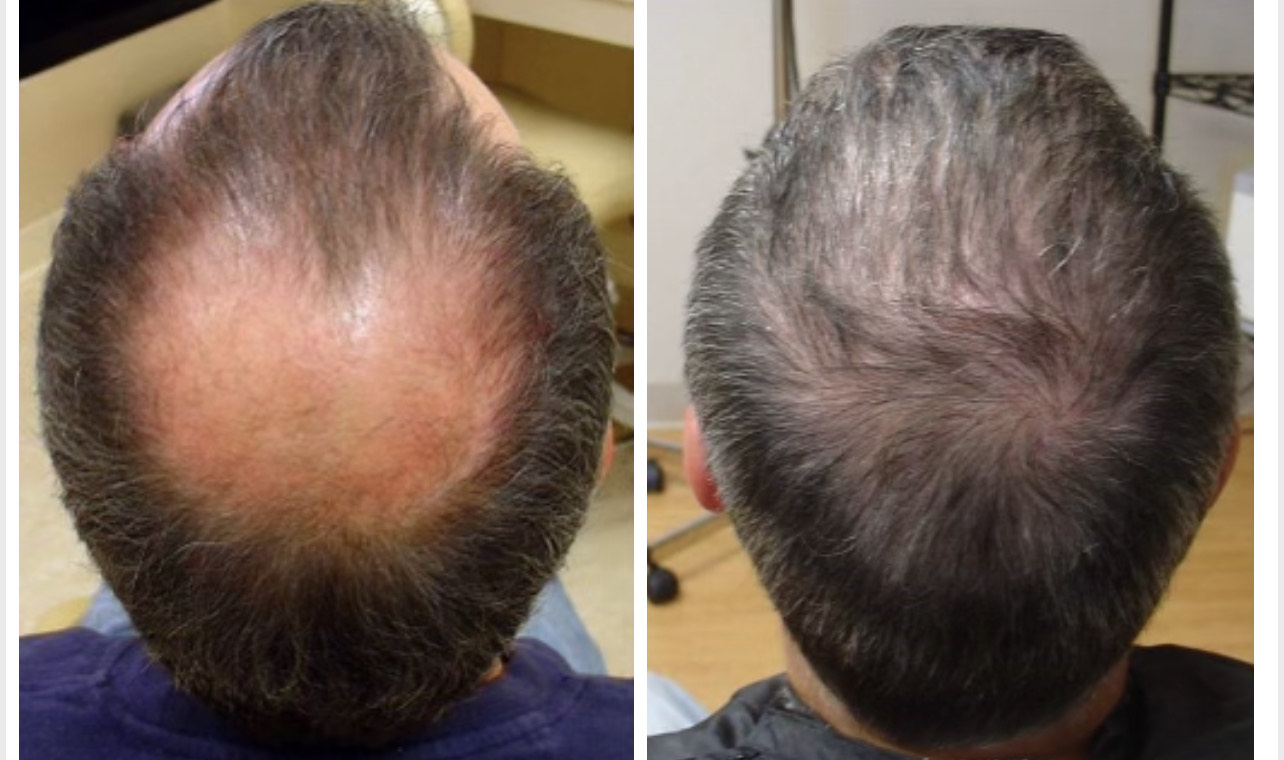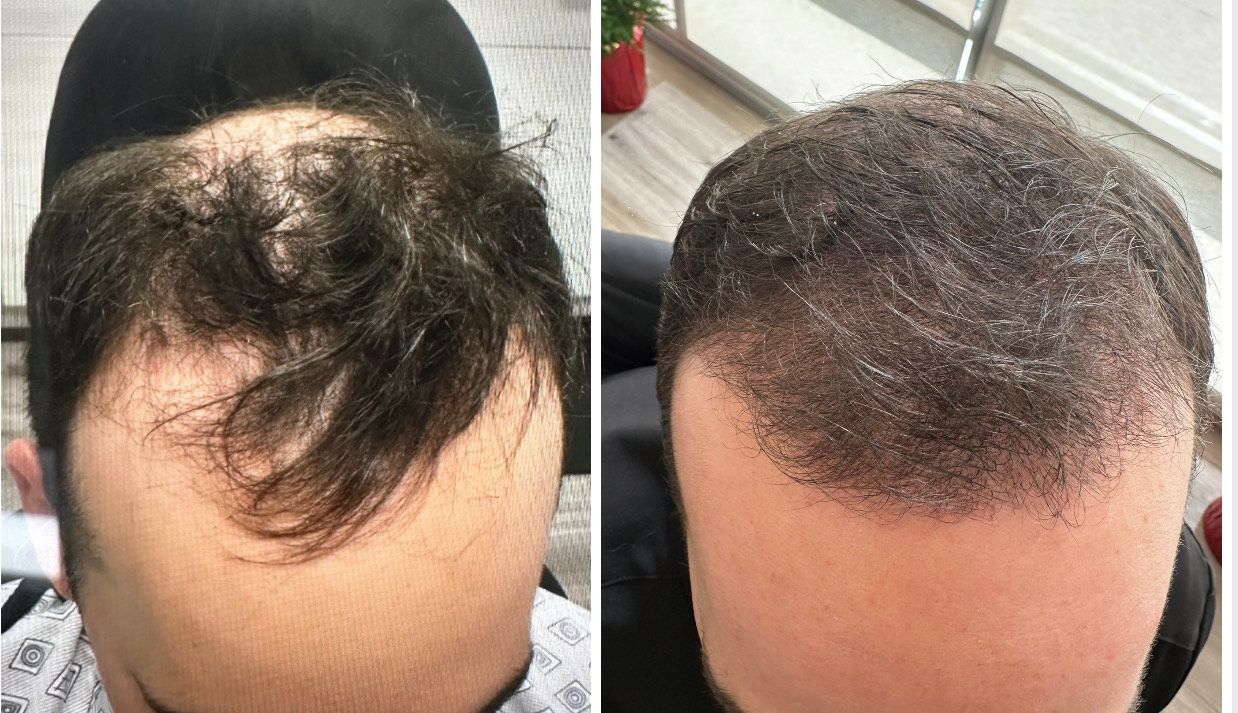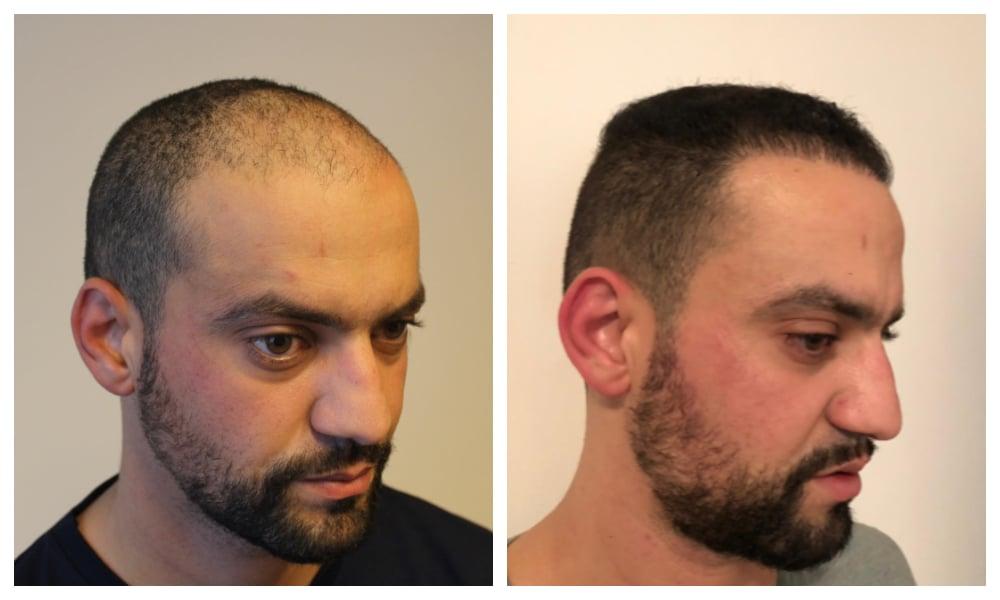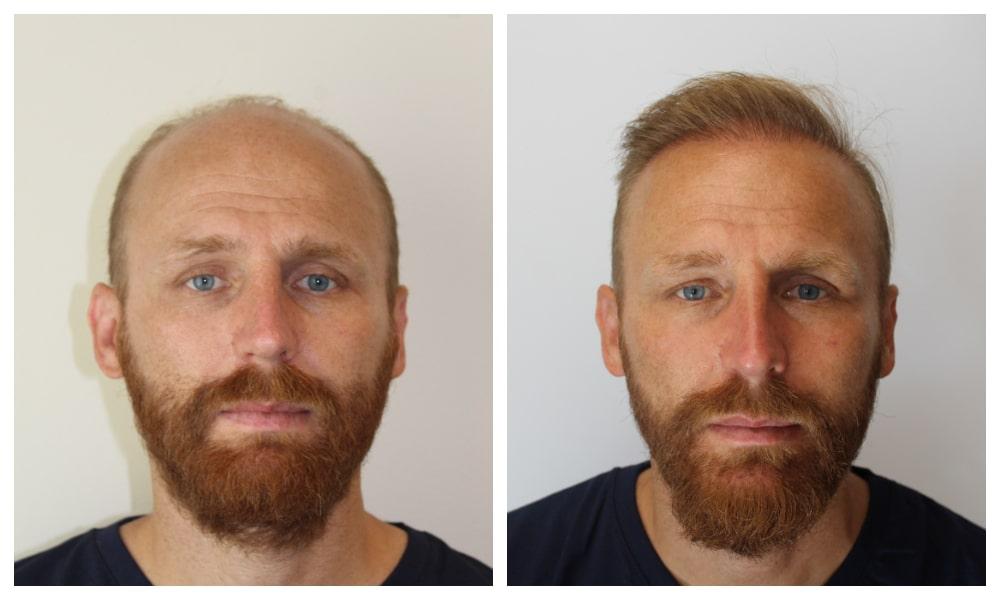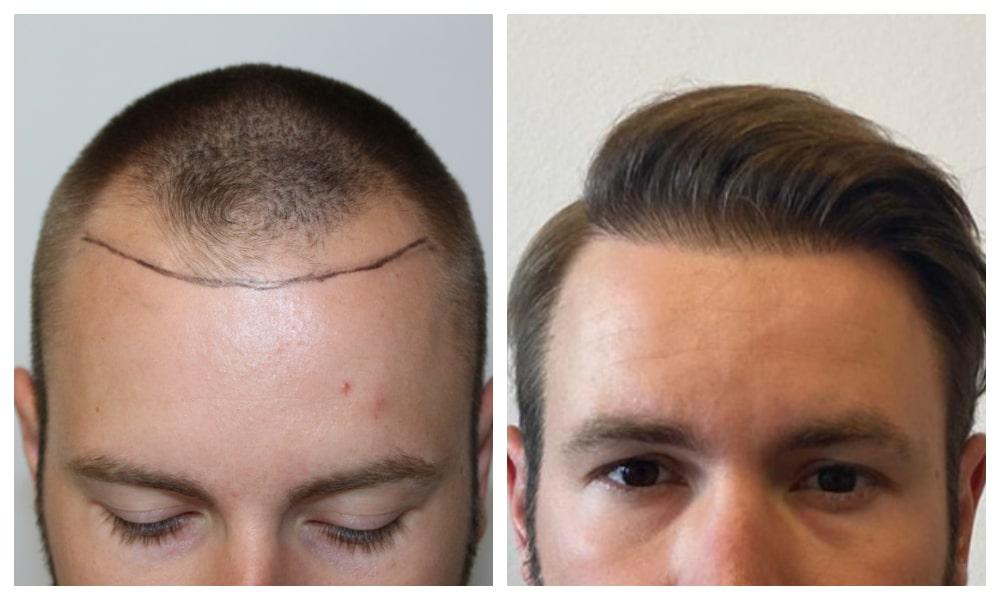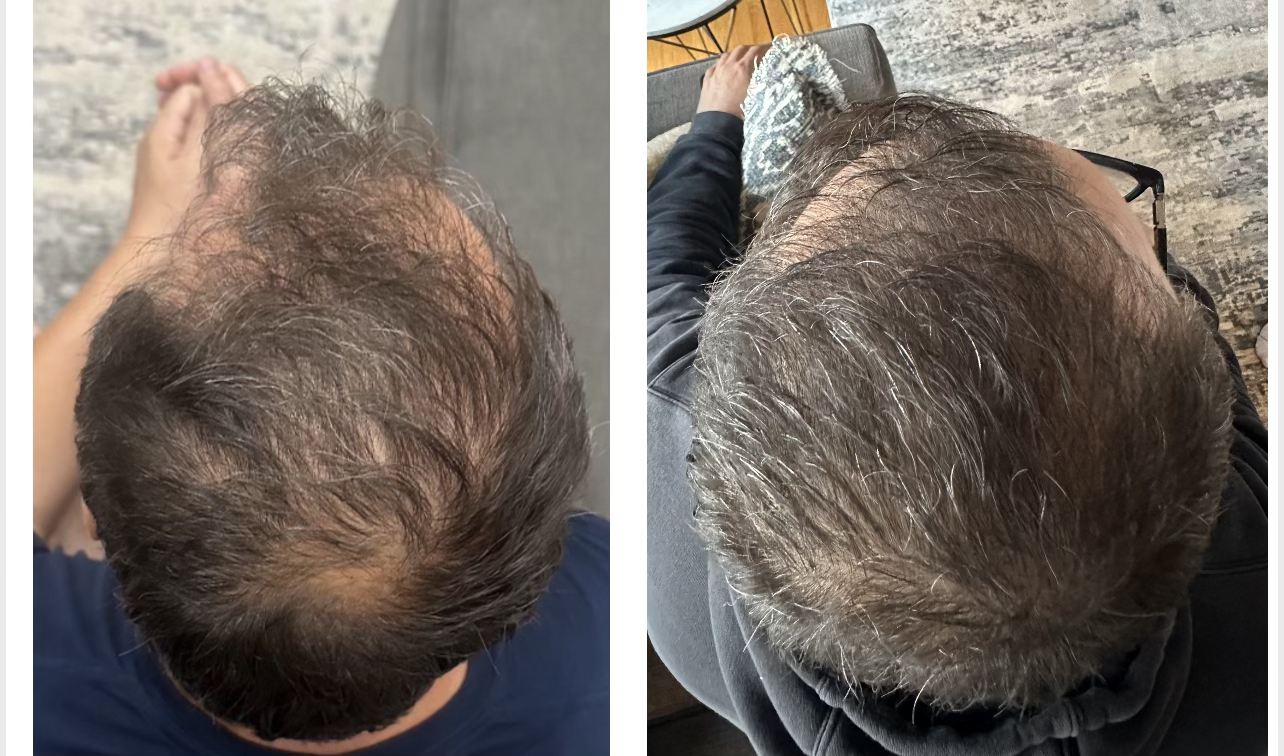Oakland Hills Hair
A hair transplant can offer a permanent solution for addressing hair loss. But a hair transplant isn’t an instant solution and a result can take over a year to grow. Following a hair transplant procedure, it is important to be patient and follow the hair transplant aftercare and recovery guidelines set by your hair transplant doctor. In this article, we provide a detailed timeline of what growth you can expect after having a hair transplant.
STAGES OF HAIR GROWTH
Before we describe the recovery timeline following a hair transplant, it is important to understand hair growth. Hair grows in stages – there are four key phases that comprise the cycle of hair growth and loss. These are:
- Anagen (growth phase)
- Catagen (transition phase)
- Telogen (resting phase)
- Exogen (hair shedding phase)
Let’s look at the four phases in more detail:
Anagen – anagen is the growth phase and the longest of the four phases. Hairs are in anagen for approximately three to five years. However, some hairs can keep growing for seven years. During anagen, hairs are pushed out by the hair follicles and grow until they have reached the end of their lifespan. Scalp hairs have a longer anagen phase than facial or pubic hairs.
Catagen – this is the transitional phase that follows the anagen phase. Over a ten-day period, growth slows and the hair follicles shrink. The hair separates from the hair follicle but stays in place on the scalp for its final days of growth. Around 3-5% of hairs are in the catagen phase at any one time.
Telogen – telogen is the resting phase that follows the transitional catagen phase. For approximately three months after a hair has stopped growing, it will remain in place. During this time, new hairs are being formed in the hair follicles. At any given time, around 10-15% of hairs are in the telogen phase.
Exogen – the exogen phase can be seen as an extension of the preceding telogen phase. It lasts from two to five months. During exogen, hair that is separated from the follicle and isn’t growing will fall out. Hair shedding can happen when you sleep, wash, or brush your hair. As old hairs fall out during the exogen phase, new hairs are already growing in the hair follicles.
HAIR TRANSPLANT AFTER 7 DAYS
We will now begin the hair transplant timeline, starting with what you can expect straight after a transplant, leading up to the seven-day mark.
Following your hair transplant, the donor (where the hair grafts are taken from) and recipient (where your new hair will grow) areas will go through a healing process. These areas will be bandaged, and it is normal to experience a degree of ache, and then itchiness as scabs form and fall off. During this time, it is important that you follow the aftercare instructions provided by your clinic.
In the first seven days after your hair transplant, you should use over-the-counter pain medication if you experience discomfort or have trouble sleeping, and wear a hat (or headwear provided to you by your clinic) when you go outside to protect yourself from environmental factors.
You also shouldn’t wash your hair until instructed to do so (this is typically after five days following your hair transplant), rub your hair with towels, scratch your scalp, or engage in any intense physical activity for two weeks.
HAIR TRANSPLANT AFTER 2 WEEKS
Two weeks after your hair transplant, you’ll have experienced some more changes.
The healing process will be well underway, but while swelling should have subsided, you may still have some redness and itchiness as scabs fall off naturally. There will be less risk of irritating your scalp by exercising and you should be able to sleep in any position without much discomfort.
Around this time, you can start to see some hair shedding from the recipient area, and that’s an entirely normal part of the hair growth cycle. New hair is forming in the follicles, and will eventually begin to grow.
During this time, you should resume your everyday activities, take some exercise, and you can soak your head in the bath to help the scabs wash away. You shouldn’t attempt to pick any remaining scabs off.
For more information about exercising during the recovery period, please read our in-depth guide on when to exercise after a hair transplant.
HAIR TRANSPLANT AFTER 1 MONTH
At the recipient area, more hair will enter the resting (telogen) phase and will eventually fall out (exogen). This is the main underlying process that drives shedding after a hair transplant. As hairs in the recipient area are in different stages of the growth cycle, this part of your scalp may appear patchy in growth, and this is no cause for concern. At the donor site, new hair should have already grown and covered the area.
You should contact your clinic if you see any signs of persistent inflammation (skin remaining very red and hot touch). You shouldn’t worry about your transplanted hair falling out – this is a natural part of the recovery process.
HAIR TRANSPLANT AFTER 3 MONTHS
At month 3, you can expect to see your new hairs emerge. These new hairs are likely to be ‘wispy’ as they are still growing.
HAIR TRANSPLANT AFTER 4 MONTHS
At the 4-month mark, you can expect to see continued progress with your new hair growth. The new hairs that began to emerge in the previous month will now be more noticeable. They may still appear somewhat thin and delicate, but you will observe that they are gradually becoming more robust and thicker.
Patience remains crucial during this phase as your hair continues to mature. It’s normal for these new hairs to initially resemble body hair in texture and appearance. Over time, you will notice significant improvements as your hair gains strength and density.
Get Your Hair Back for Good!
Schedule a Free Hair Transplant consult now and ask about our Booking Incentive.
Leave your details below and we will contact you to schedule your free appointment!
HAIR TRANSPLANT 9-12 MONTHS
Your new hair continues to grow and it will carry on thickening.
You can have your hair cut and styled as you wish especially if you have grown it to a good length.
9+ Month following a hair transplant procedure

